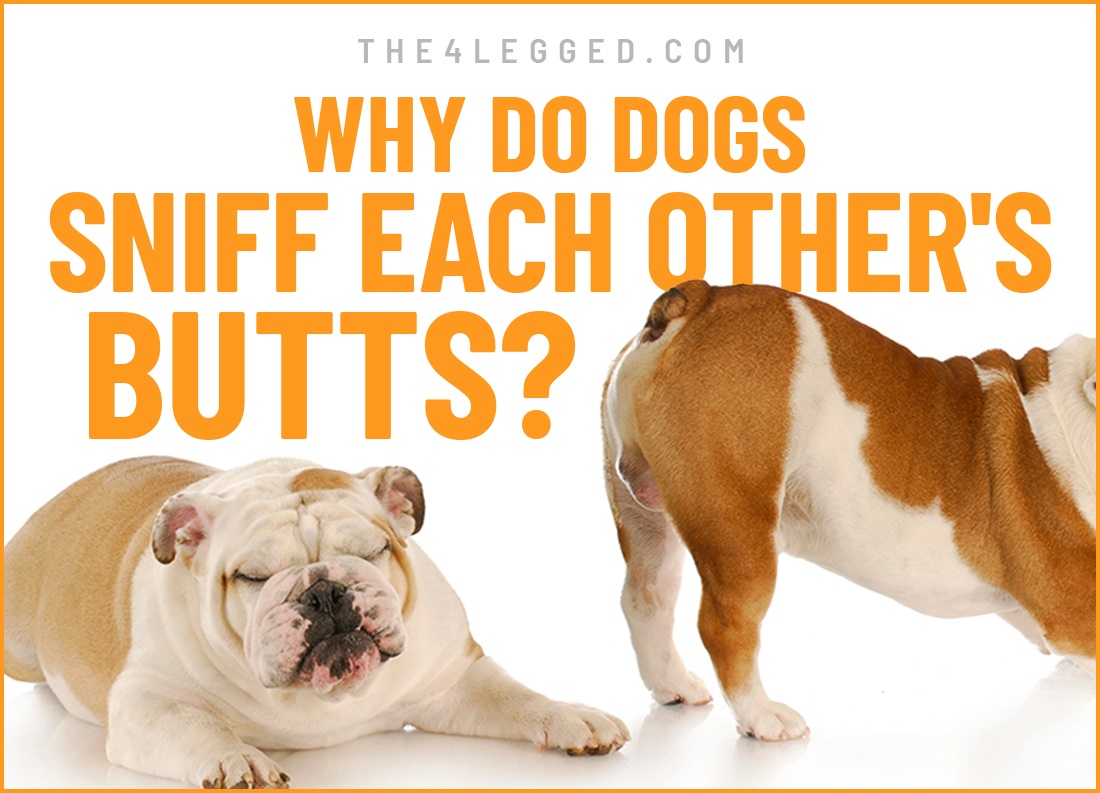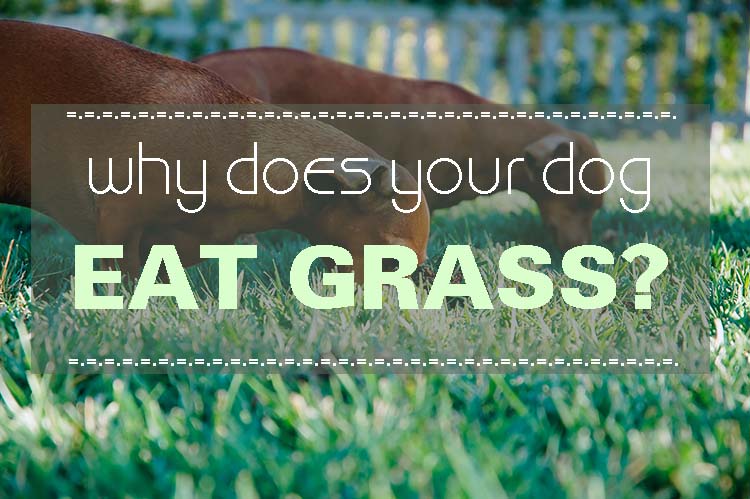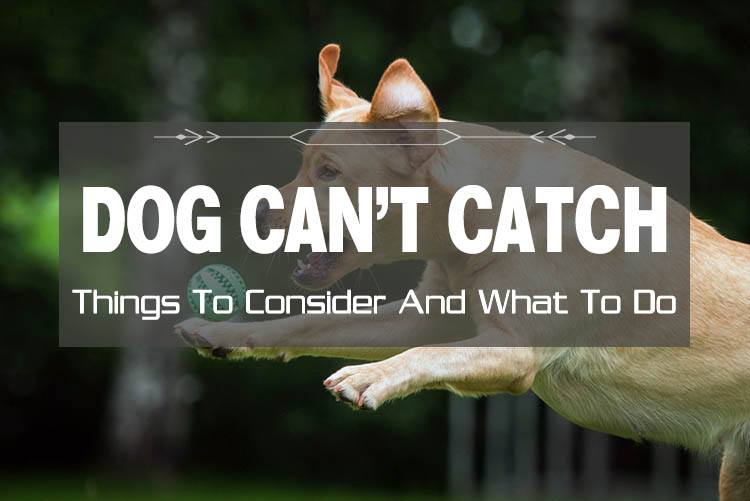Why do dogs sniff each other’s butts? This common yet often misunderstood behavior is rooted in biology and instinct. This article will provide a clear answer to why dogs sniff each other’s rear ends, focusing on the science behind this unique greeting. Dogs sniff each other’s rear ends to gather critical information, much like how humans shake hands to greet one another. By sniffing other’s rear ends, dogs collect details about their peer’s diet, emotional state, and reproductive status—all of which are conveyed through scent.
This quirky yet essential canine ritual is far more than a curiosity—it’s a vital form of chemical communication that allows dogs to navigate social relationships. In this article, we’ll guide you through the science behind why dogs sniff each other’s butts, examine the role of Jacobson’s organ in processing these chemical cues, explore how this behavior shapes social dynamics, and provide pet parents with actionable tips for supporting healthy dog-to-dog interactions.
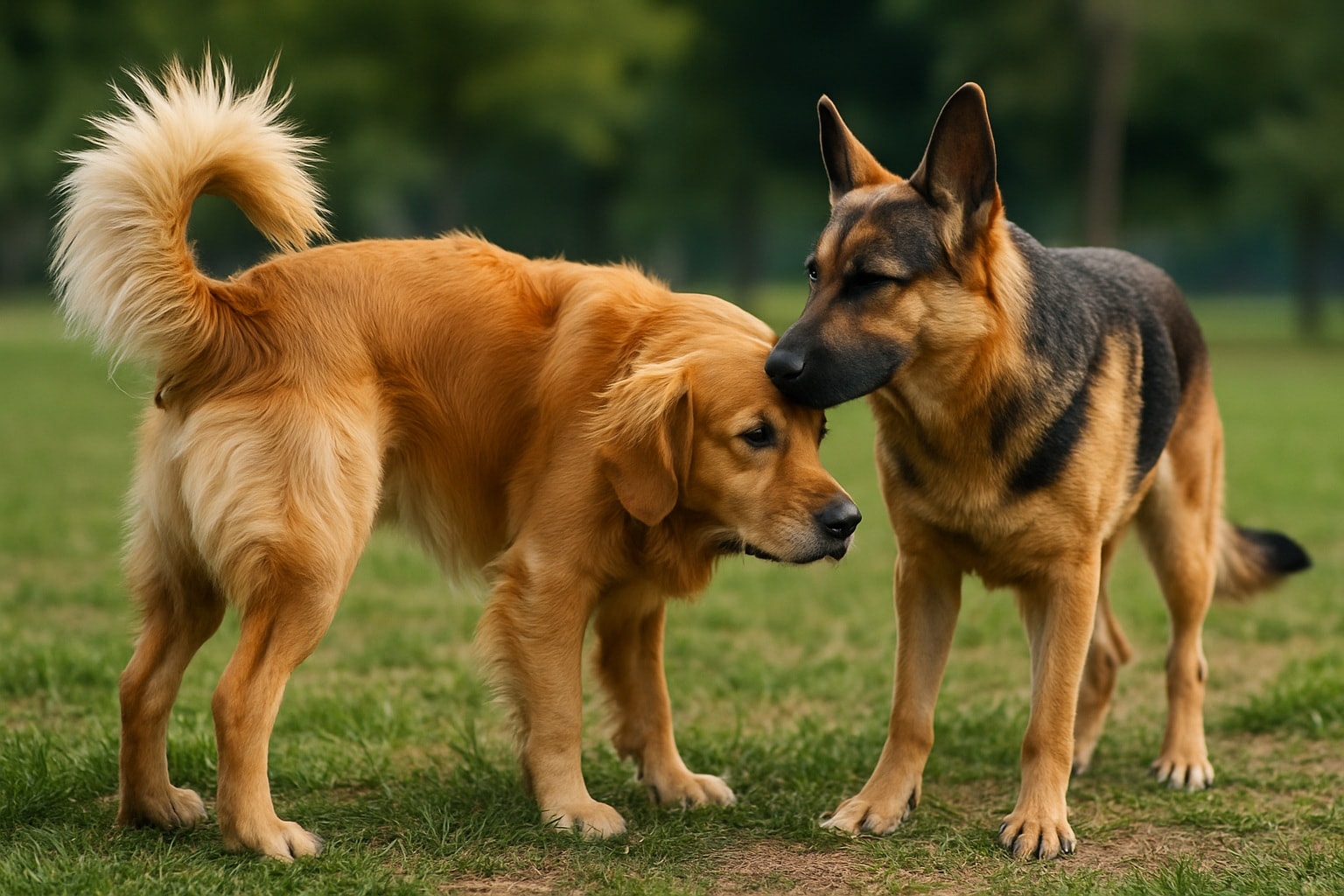
Key Takeaways
- Sniffing each other’s butts is how dogs communicate important social and biological information.
- A dog’s sense of smell takes the lead among their senses, allowing them to interpret chemical signals from anal glands and anal sacs with the help of Jacobson’s organ.
- This behavior supports social bonding, helps establish hierarchies, and reflects a dog’s emotional state and health.
- Sudden changes in butt sniffing behavior could signal health issues or social stress and may require attention from a veterinarian.
The Science Behind Why Dogs Sniff Each Other’s Butts
Chemical Communication and Scent Analysis
When two dogs meet for the first time, one of the first things they do is sniff each other’s butts. While it may seem strange to us, this behavior is a form of chemical communication. The anal sacs, located on either side of the anus, secrete anal secretions rich in chemicals that provide an odor-based profile of that dog. Through these scents, dogs gather important clues about another dog’s health, diet, and emotional state. This profile includes information about the dog’s diet, reproductive status, sex, age, and even mood.
In both male and female dogs, these scent cues are as unique as fingerprints. Dogs sniff each other’s butts to read this profile, using scent clues to identify other dogs and interpret the emotional and physical state of the other dog, as well as understand their social context. The dog’s sense of smell is their primary tool in understanding the world. With over 220 million olfactory receptors, compared to just 5 million in humans, dogs can distinguish the faintest differences in scent.
Additional Facts:
- Dogs can detect pheromones and hormonal changes.
- Their scent-detection ability is 10,000 to 100,000 times stronger than that of humans.
- The act of sniffing is linked to brain activity related to memory and recognition.
Jacobson’s Organ: The Unsung Hero of Canine Communication
One crucial component of a dog’s sense of smell is Jacobson’s organ, also known as the vomeronasal organ. This specialized organ sits in the nasal cavity and enhances the dog’s sense by detecting odors, chemical signals, and pheromones from other dogs. It plays a significant role in interpreting the information found in anal gland secretions.
Researchers, including Dr. George Preti, have studied the role of Jacobson’s organ in canine scent communication, analyzing how it helps dogs interpret complex odors for social and identification purposes.
Jacobson’s organ is essential not only during adult dog interactions but also in puppies, helping them recognize their mother and littermates. It allows dogs to detect moisture-laden odor particles and triggers complex neurological responses in the brain that drive behavior. The sense of smell from this organ can even influence mating decisions.
Social Interactions and Hierarchies: Why Dogs Sniff Each Other’s Butts
Greeting Behavior and Social Structure
When dogs meet, they often engage in butt sniffing to establish social dynamics. A prolonged or intense sniff can signal dominance, while a brief, reserved sniff might reflect submission. Through this behavior, dogs not only learn about other dogs but also determine if they are friend or foe.
Repeated sniffing each other’s butts reinforces familiarity and helps dogs recognize friends over time. This ritual can build trust and lower the chances of conflict during future encounters. Much like humans assess body language and tone, dogs rely on scent and body positioning during these greetings.
Male dogs, especially those unneutered, may sniff female dogs more frequently, particularly during mating seasons or when detecting reproductive status. Females emit specific scent signals, especially when in heat, and other dogs respond to these cues by adjusting their behavior during greetings.
Signs That a Dog Is Communicating Socially:
- Wagging tails
- Raised or relaxed posture
- Prolonged sniffing followed by play
Comparing Canines to Other Animals
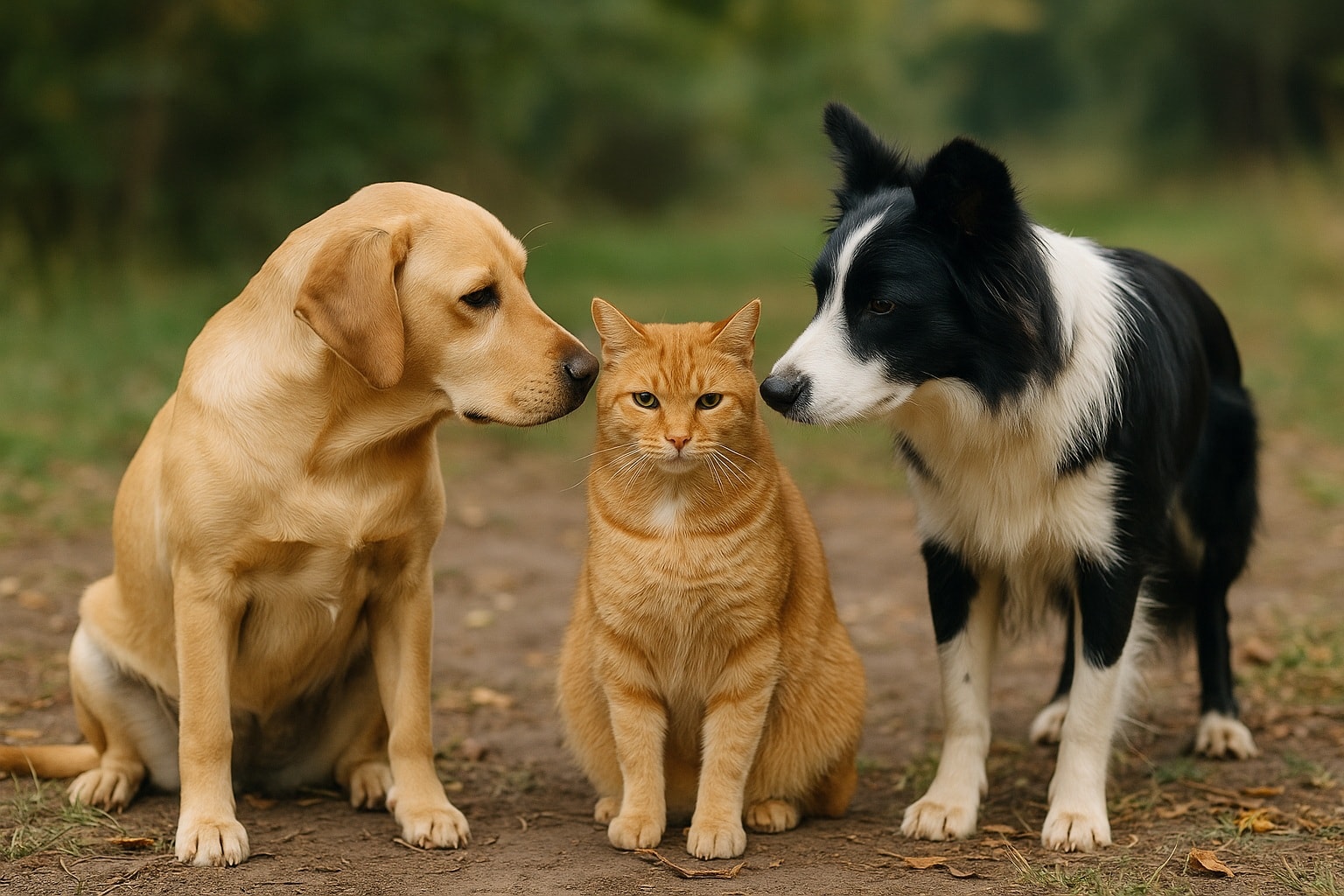
This behavior isn’t unique to dogs. Scent communication is a widespread animal behavior found throughout the animal kingdom. Other animals, including cats, also use scent communication. Cats have anal glands that produce similar secretions, and while dogs sniff to gather information, cats often rely on scent marking with urine or gland rubbing. Completing these scent marking and detection behaviors is a natural part of how cats and other animals communicate social information.
Despite these similarities, dogs possess a far more developed sense of smell. They rely heavily on scent to navigate their environment and understand social structures, whereas humans primarily depend on sight and sound.
Is It Okay to Let Dogs Sniff Each Other’s Butts?
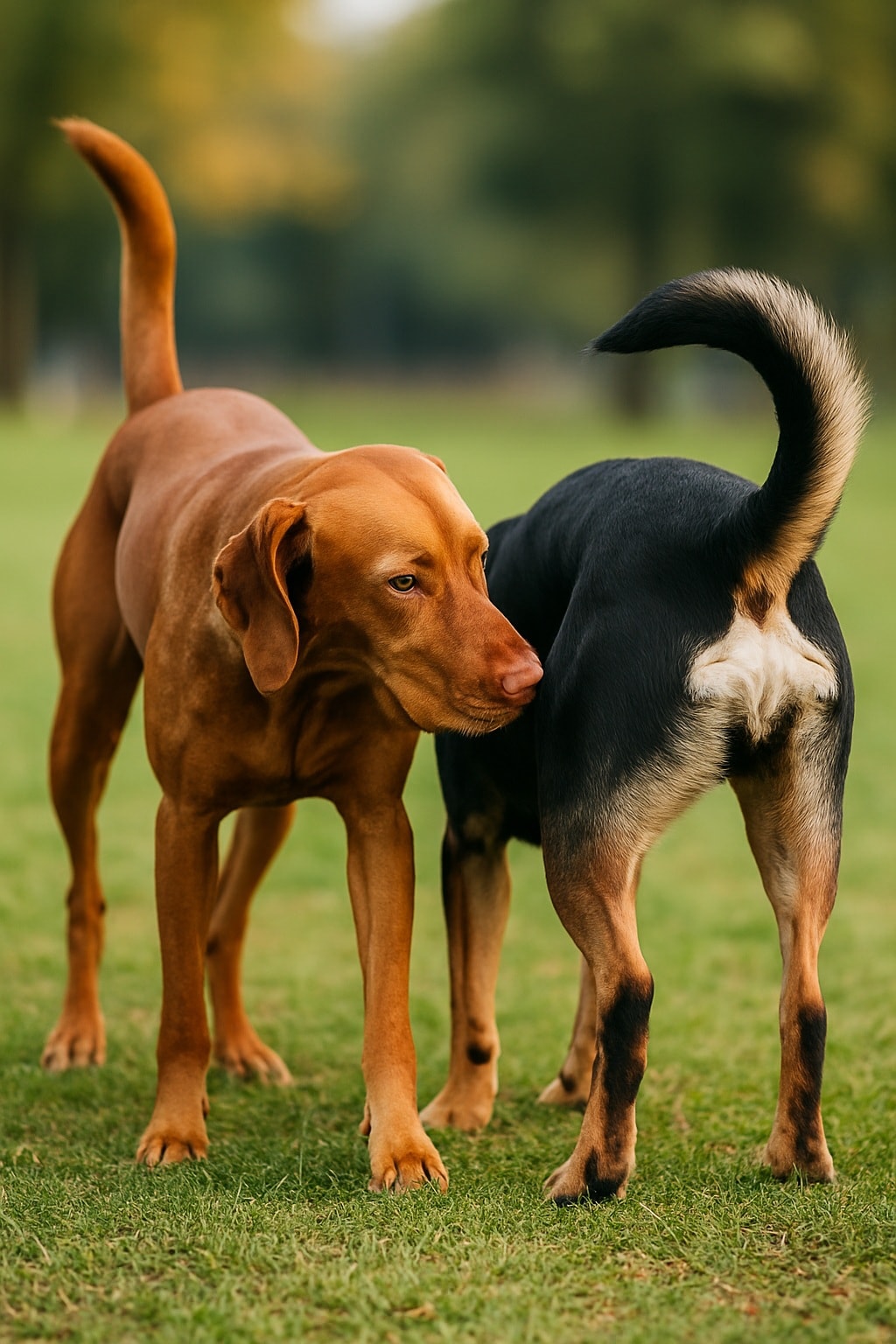
Yes, in most cases, it is completely natural and healthy for dogs to sniff each other’s butts. This is because dogs smell each other’s rear ends as a normal greeting behavior, using their highly developed sense of smell to gather information and identify one another. When two dogs meet in a neutral location and sniff each other’s rear ends, it helps prevent territorial disputes and reduces tension.
Letting your dog participate in these natural greetings strengthens their social skills and builds confidence. However, pay attention to body language. If one dog seems fearful, growls, or tenses up, it may be time to intervene. Dogs should be separated if they show signs of stress, overstimulation, or aggression during these interactions.
Pet parents should monitor butt sniffing behavior in unfamiliar environments or when introducing dogs of different genders and sizes. If your dog suddenly stops sniffing or changes their usual greeting behavior, it’s natural to worry. Consult your veterinarian if you are concerned about your dog’s health or social behavior.
Tips for Safe Sniffing:
- Use a loose leash for relaxed body language
- Avoid high-energy environments during introductions
- Watch for signs of tension like growling, raised fur, or tucked tails
When Butt Sniffing Becomes a Concern
Sometimes, changes in butt sniffing behavior may indicate an issue. If a dog who previously loved sniffing suddenly avoids other dogs, or becomes unusually obsessed with sniffing, it could signal a medical or psychological problem. Research has shown that alterations in scent detection and sniffing patterns can be linked to underlying health or social issues in dogs.
Excessive sniffing may stem from anxiety, a need to reaffirm social hierarchy, or even a scent-based obsession linked to health conditions. A visit to the veterinarian may help rule out infections or behavioral issues.
Similarly, if your dog begins sniffing one dog excessively and ignores others, consider whether it’s reacting to an illness or distress cue. Dogs are incredibly sensitive and may detect what we cannot.
Can You Train Dogs to Reduce Excessive Butt Sniffing?

While you can’t eliminate butt sniffing, you can manage it. Training your dog with positive reinforcement to redirect attention can reduce over-sniffing. For example, using treats when they disengage from a long sniff or practicing commands like “leave it” can help.
Games like Engage-Disengage are useful for helping shy or overly curious dogs manage social interactions more calmly. When butt sniffing becomes disruptive, a consultation with a veterinarian or dog behaviorist may help.
For more in-depth training advice, consider consulting professional writing or resources from experienced authors in the field.
Training Tips:
- Use verbal cues like “leave it” or “focus”
- Reward calm behaviors
- Gradually desensitize your dog to new encounters
Remember, this behavior is instinctual and deeply embedded in a dog’s life. Instead of stopping it, your goal should be moderation and healthy social engagement.
Summary
So, why do dogs sniff each other’s butts? Because it’s their way of saying hello, gathering essential data, and building relationships. From decoding anal gland secretions with Jacobson’s organ to reading emotional states and reproductive status, this behavior reveals the richness of dogs’ sense of social connection.
It’s an instinctual, valuable tool in a dog’s life—one that pet owners should understand and support. Just like we humans shake hands or wave, dogs sniff each other’s butts to communicate, bond, and find their place in the world.
By respecting this behavior, monitoring any sudden changes, and maintaining your dog’s overall well-being, you help create a balanced and healthy social life for your furry friend.
Frequently Asked Questions
Why do dogs sniff each other’s butts so often?
Because it’s their primary way of gathering information—everything from emotional state and reproductive status to diet and identity. Dogs use this behavior as a first step in building social relationships and understanding other dogs around them.
Is it okay to interrupt dogs sniffing each other’s butts?
If both dogs are calm, respectful, and showing relaxed body language, it’s usually best to let the behavior run its course. Interruption is only recommended if signs of stress, anxiety, or aggression appear in either dog.
Can excessive butt sniffing mean something is wrong?
Yes. If your dog suddenly becomes overly interested or completely avoids sniffing other dogs’ butts, it could signal behavioral changes, anxiety, or even medical concerns like infections or hormonal imbalances. A veterinarian should assess unusual sniffing behavior.
Do all dogs sniff butts the same way?
Not exactly. Factors such as gender, age, personality, and even breed can influence how often and how intensely a dog engages in this behavior. For example, male dogs may sniff more frequently, and older dogs may be more selective.
Can training help limit unwanted sniffing behavior?
Absolutely. Training can teach dogs when it’s appropriate to sniff and when to disengage. Using positive reinforcement, redirection techniques, and games like “Engage-Disengage” can help moderate this behavior without suppressing a dog’s natural instincts.

